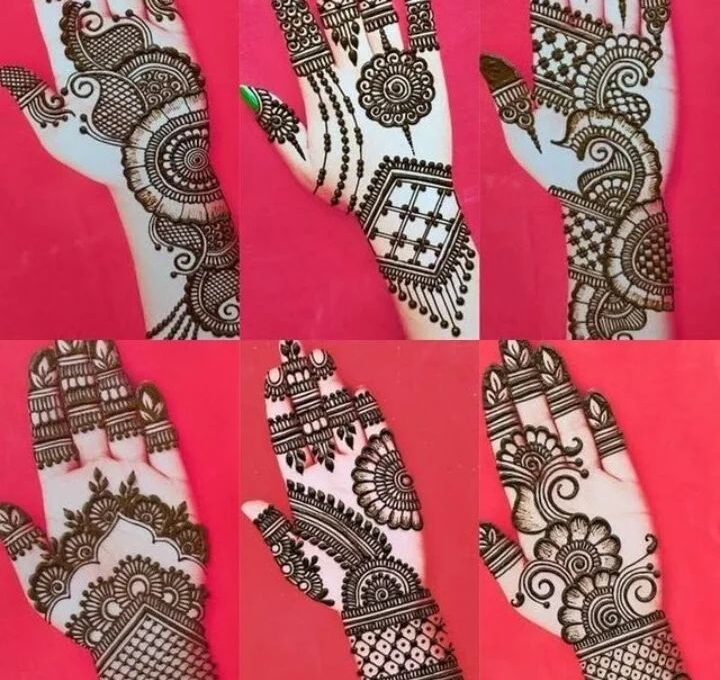Mehndi art have long been a part of significant life events, such as weddings and festivals like Eid. Traditionally, it is believed that henna not only beautifies the skin but also brings good luck, joy, and spiritual blessings.
Ancient cultures used mehndi art to adorn brides, marking the beginning of a new journey with auspicious and intricate designs. Over time, its use has expanded beyond specific cultural and religious events to a wider, more inclusive audience.
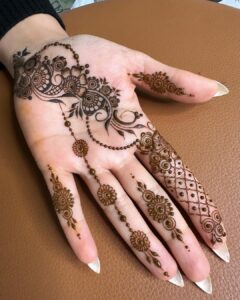
Mehndi art is a timeless, beautiful form of self-expression that transcends borders and traditions. Its ability to adapt to modern tastes while maintaining its cultural roots makes it a beloved art form for everyone.
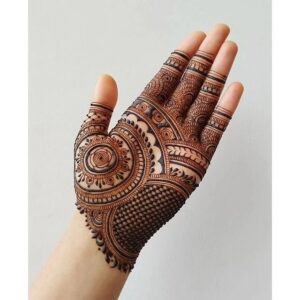
Whether you’re a bride-to-be, a festival-goer, or someone who simply enjoys the aesthetic, mehndi offers a unique way to adorn your skin with intricate, meaningful designs.
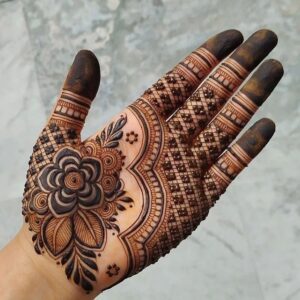
One of the most significant occasions for mehndi is weddings. Applying mehndi to the bride (and sometimes the groom) is not just an aesthetic practice but also a symbolic one.
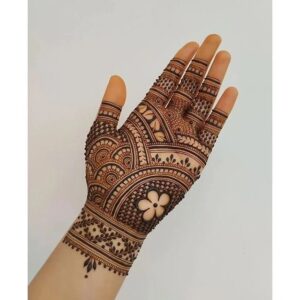
Mehndi art is often applied during religious festivals like Eid. During these times, mehndi signifies a connection with spirituality and a celebration of joy.
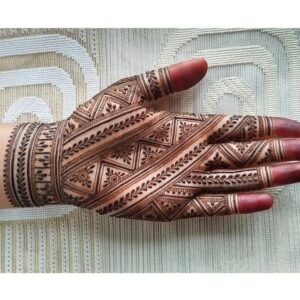
Mehndi designs are not just simple patterns—they are an intricate and time-honored form of body art. The designs range from delicate florals and paisleys to more modern geometric and abstract designs.
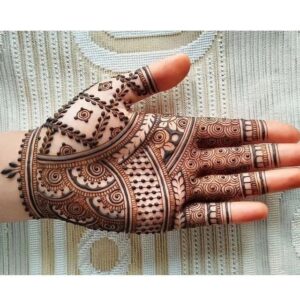
Mehndi is a way to adorn the body beautifully, much like wearing jewelry or makeup. The patterns are personalize and often symbolize themes of love, fertility, and joy.
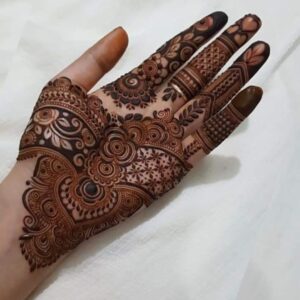
The application of mehndi art is often seen as a form of folk art, passed down from generation to generation. The skills involved in creating intricate designs reflect a rich cultural heritage and continue to evolve with modern influences.
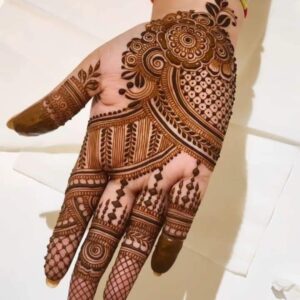
Mehndi artists take pride in preserving this artistic tradition, often adapting designs to suit contemporary tastes while maintaining their traditional roots.

In Pakistani and Arabic cultures, mehndi often associates with good fortune. Applying mehndi before major life events, such as weddings, is as inviting blessings for a prosperous future, fertility, and happiness.

Mehndi art has historic importance for its cooling and medicinal properties. In ancient times, people applied henna to the skin to calm nerves, reduce stress, and heal skin ailments.

One of the most enjoyable pre-wedding events is the bridal mehndi ceremony, where the bride and her close friends and family gather to apply mehndi.

- It’s a time of celebration, music, and laughter. The experience of getting mehndi together strengthens the bonds between women in the family and bridal party.
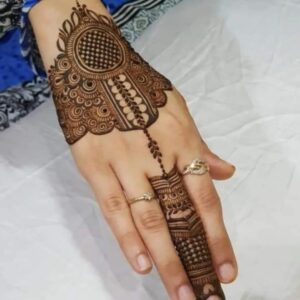
Festivals and celebrations often involve communal gatherings. Applying mehndi for each other is a way to participate in each other’s happiness, fostering unity and a sense of shared culture.
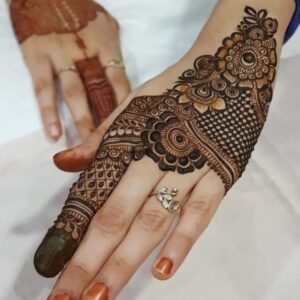
In recent years, mehndi has transcended cultural boundaries, gaining popularity in the Western world as a temporary tattoo or body art. Celebrities, fashion icons, and individuals outside traditional cultures embrace mehndi as a unique and beautiful form of expression.
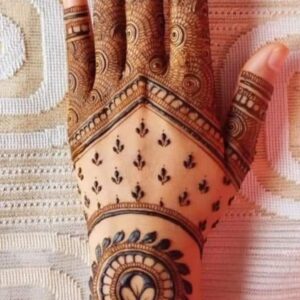
Modern mehndi designs have also evolved. People are now experimenting with contemporary designs, from minimalist geometric patterns to mixing traditional motifs with pop culture references.

